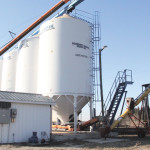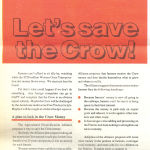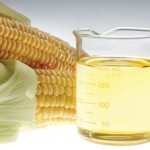
Tag Archives Business/Finance

Digital agriculture the next big thing, says Monsanto official
Farmers adopted GM crops faster than the company expected and the same could occur with precision farming
Monsanto talking to consumers, not just farmers

Rail cars the weakest link in supply chain
A public-private partnership could solve this problem but political will is needed

Producer car shipper worries licensing loaders could drive some out of business
The Canadian Grain Commission has launched consultations that will also consider licences for feed mills and agents working for grain companies

Subsidy troubles run the gamut
Our History: April 1990

Canadian wheat growers hit by subsidy effects
Advanced developing nations subsidize wheat growers, hurting farmers from exporting nations

Acquiring true livestock traceability
A new mobile tool created by a Canadian producer co-operative offers producers the ability to capture livestock data in the field with the device that is already in their pocket
A new mobile tool created by a Canadian producer co-operative offers producers the ability to capture livestock data in the field with the device that is already in their pocket
A data-management platform from an Ontario producer co-operative is promising birth-to-sale traceability made easy. BIO, based in Elora, Ont., has designed three systems that work in conjunction with each other to offer mobile traceability from the birth of the calf to the sale of the final product. The future of the beef industry is data
U.S. farmers have an ethanol addiction
Ethanol growth has caused the U.S. corn crop to balloon, and now U.S. farmers are facing a bleak price future
Parties urged to focus on innovation
Agriculture innovation is both an urban and rural affair, but it requires strong support and investment

Manitoba, Canadian farmland values up again in 2015
Farm Credit Canada says the annual percentage increase in farmland values is getting smaller


